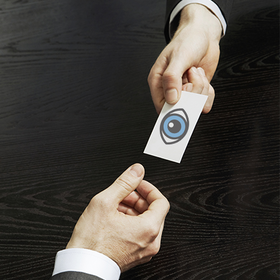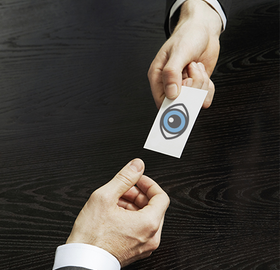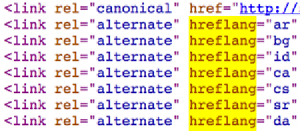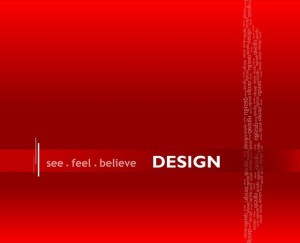
When it comes to personal networking and business relationships, few things are more mainstay than a business card. Unfortunately, many professionals think this important piece of personal branding is outdated and unnecessary. Are you using a well-designed business card to network to your full potential?
The Value of Business Cards
The problem with the business card is that people often associate its size with a lack of influence and power. They immediately assume that because it fits in a pocket and is relatively cheap, it certainly can’t be that effective. However, according to John Williams of Entrepreneur.com, “It’s often the first item prospects receive from you, so it’s your first opportunity to make a strong, positive impression on them.” He also claims that these small pieces of paper make up an important part of your overall collateral package.
Other successful business men and women seem to agree with Williams. For experienced networkers, the business card will always be a valuable tool. Sure, social networking sites like LinkedIn and Facebook are popular, as well as email and text messaging, but there will always be something about exchanging a tangible object that is powerful. It tells the other party that a personal touch is still important. It shows your serious about your business, and want to be remembered (and will remember others in return).
4 Tips for Creating an Effective Business Card
While the untrained eye may assume all business cards are created equal, this is far from true. Each tiny card can be intricately customized and designed to produce a very specific flavor or style. Here are some tips to keep in mind:
1. Choose a card style. When developing a card, you want to create a design that ultimately supports the image you are looking to project. Depending on how you want to market yourself or what your intended purpose is, you may choose any of the five standard card styles: basic, picture, tactile, multipurpose or outside-the-box.
Basic, as the name suggests, is typically printed using black ink and utilizes a standard layout. Picture cards include an image, to help the recipient remember who you are. Tactile cards use unique materials that are interesting to the touch, such as metal or wood, to make a statement. Multipurpose cards typically have your information on one side and some other function on the back. According to a blog post from TankPrints.com, “The back side of your card is a prime real estate that you really ought to take advantage of. You can add your company logo, promotions, a slogan, benefits, even coupons.” Finally, outside-the-box cards are extravagant and unique, intended to capture the attention of the recipient.
2. Paper matters. While the material you use will be largely dictated by the card style you choose, it’s important to understand that every aspect should be strategically considered. Would your clients and peers appreciate the use of recycled paper? Do you want a thick card that stands out from the dozens of other cards people have? These are all valid questions, and can lead you to a specific material and quality.
3. Spacing and layout. More is not always better when it comes to business cards, but you don’t want to neglect any information either. Striking the perfect balance between overcrowding and not including a piece of valuable information is key. The following information should always be included: name, title, company, email, phone number, and some sort of logo or insignia. If space allows, you may consider including your picture, LinkedIn profile, a valuable statement.
4. Make it available. If you own a business in which you have contractors, employees, or independent distributors spread out, it’s important that you maintain continuity and ensure your business card design is readily available. One of the best ways to do this is find a company to help you establish a business card website with preapproved designs for purchase.
Creating a high quality business card doesn’t have to be tedious. In fact, it can be an opportunity to hone in on what you stand for and the message you would like to send. Regardless of what you do, don’t underestimate the power of an effective and memorable business card.
(217)
Report Post







